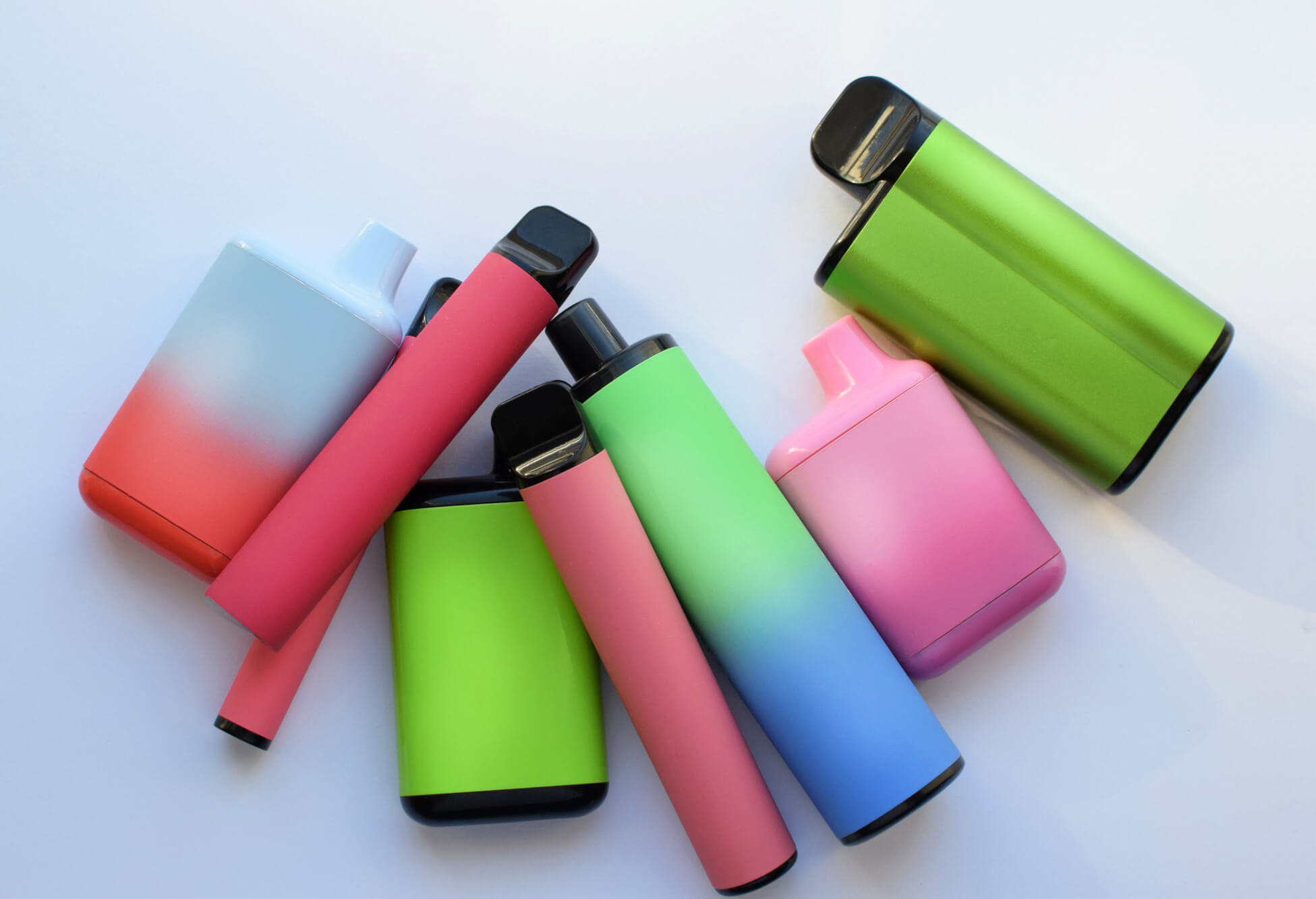Vape Culture - a School Issue

Not long ago, while on holiday, I found myself sitting near a family at a café - nothing unusual, except that the two boys, no older than 14 and 12, were both vaping. Their dad, who lit up a cigarette beside them, didn’t bat an eyelid. It was casual, routine. And honestly, it was shocking to witness.
Vaping has crept into everyday life so subtly that even children barely into their teens are doing it openly. For schools, it’s not just a health concern, it is a safeguarding issue too.
In many schools, vaping is now the number one behavioural concern. It’s no longer restricted to being done secretly in toilets or alleyways, it’s happening in corridors, on field trips, even during class changeovers.
What makes vaping different from the smoking issues of the past is its packaging: sleek, fruity, marketed for stealth. As we saw with disposable vapes the fact that they were cheap, brightly coloured, and often scented like sweets made them very attractive to young people. To a young person, they didn’t look dangerous, they just looked appealing.
Single Use Vapes Ban
In a bid to steer young people away from vape usage, HM Government banned the sale and supply of disposable vapes in the UK from June 1st 2025. This action is part of the strategy to tackle vape culture contained within the Tobacco and Vapes Bill. However, the remaining transition to non-usage of non-disposable vapes means that schools still have to deal with the fallout.
And where there’s demand, there’s supply. Increasingly, that supply is coming from illegal or unregulated sources, sometimes even other pupils.
Where Vaping Becomes a Safeguarding Issue
While some still see it as a ‘lesser evil’ compared to smoking, vaping in schools is now touching multiple areas of concern:
- Nicotine addiction:
- Many vapes contain far more nicotine than cigarettes - some equivalent to over 40 cigarettes in a single disposable device. A 2024 study found that 92% of current youth vapers used nicotine-containing vapes, with 45% reporting they couldn't go through the school day without vaping.
- Exposure to illegal substances:
- Some vapes confiscated in schools have been found to contain THC or other harmful additives such as ‘spice’.
- Peer-to-peer dealing:
- Students are being recruited, sometimes pressured, to sell vapes to classmates, blurring the lines between poor choices and criminal behaviour.
- Exploitation risk:
- In some cases, older students or even adults outside school are supplying vapes to minors for profit or grooming purposes.
- Health and hygiene concerns:
- Shared devices, secretive vaping in toilets, and the rise in respiratory symptoms are creating daily risks.
These aren’t isolated concerns, this is happening in schools across the country and it’s pushing teachers, safeguarding leads, and even police into a grey area: when does a school rule break become a criminal matter?
Legally, in the UK it is illegal to sell vapes to under-18s or for adults to purchase them on their behalf. But there is a gap between the law and practice. Many vapes used by children are bought online, through social media, or even provided by family members at home.
In some regions, school police officers or Safer Schools Partnerships are working with leadership teams to identify when incidents cross the line from rule-breaking to supply, possession of illegal products, or involvement in organised dealing.
It’s uncomfortable territory, but it can’t be ignored.
So What Can Schools Do?
There’s no one-size-fits-all approach, but the best responses are often multi-layered:
- Education, not just punishment:
- Build vaping into PSHE and science lessons—not as scare tactics, but with honest, up-to-date information.
- Clear behaviour policies:
- Make sure staff, students, and families know the school’s position on vaping and the consequences.
- Track and monitor trends:
- Keep records of confiscated vapes, hotspots for use, and repeat incidents. This can help target responses.
- Work with local police and Trading Standards:
- Especially where illegal supply or community involvement is suspected.
- Support pupils, don’t just sanction:
- Addiction, stress, peer pressure - all are factors. Referrals to school nurses, counsellors, or cessation programmes are key.
- Engage parents:
- Many are unaware of the strength or danger of vapes their children are using - or supplying.
Most importantly, open up the conversation. The shame around vaping often stops pupils from asking for help.
Vaping might look harmless, but behind the clouds are much murkier issues. It’s no longer solely about health and wellbeing, it’s about safeguarding and the kind of environment we want schools to be.
What started as a trend is now a test of how schools respond to fast-moving culture shifts. And while the law plays catch-up, it’s often teachers and DSLs on the front line trying to hold the line between harm reduction and discipline, between education and enforcement.
When a 12-year-old is vaping openly in public, the question isn’t just ‘Where did they get it?’ - it’s ‘Where do we go from here?’
Sara Spinks
SSS Author & Former Headteacher
4 June 2025